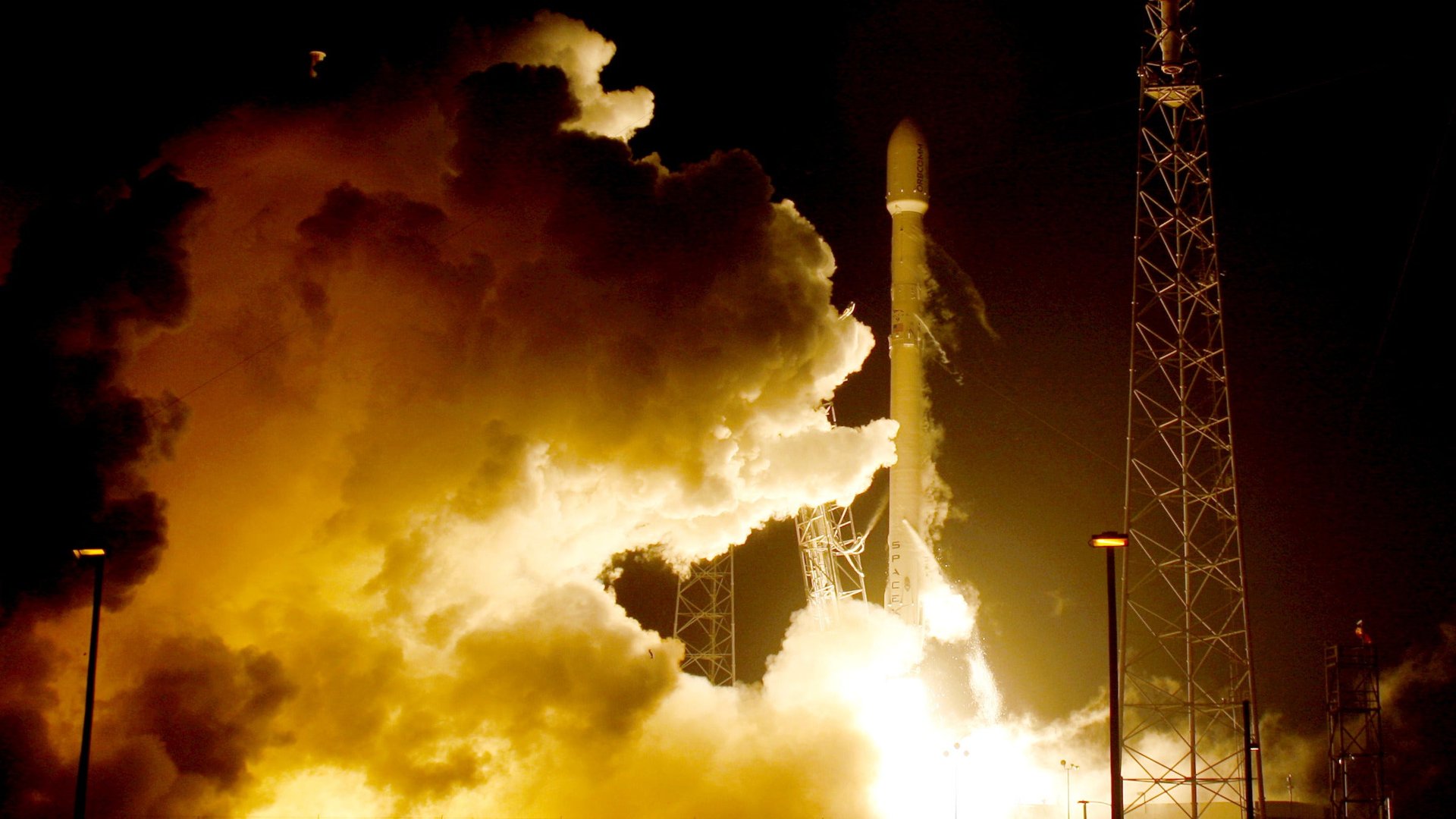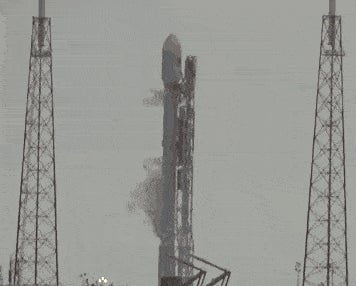SpaceX says it figured out why its rocket exploded and will fly again within days
Four months after an explosion tore through its signature Falcon 9 rocket during fueling, destroying the rocket and its multimillion-dollar cargo in just 93 milliseconds, SpaceX says it has isolated what went wrong and is ready to fly again.


Four months after an explosion tore through its signature Falcon 9 rocket during fueling, destroying the rocket and its multimillion-dollar cargo in just 93 milliseconds, SpaceX says it has isolated what went wrong and is ready to fly again.
If the Federal Aviation Administration issues the company a license, likely following the completion of a full-scale engine test scheduled for Jan. 3, the company will launch 10 communications satellites for Iridium on Jan. 8, including an attempt to land the reusable first stage of the rocket on a sea-going robotic platform.
In a statement, Elon Musk’s space company said the problem had to do with special tanks inside the rocket’s engine, known as composite over-wrapped pressure vessels, or COPVS. Made of carbon fiber and lined with aluminum, the tanks are designed to hold cold helium under incredibly high pressure. They’re fastened inside larger containers of super-cool liquid oxygen that is consumed to propel the rocket.

In a series of tests, SpaceX found “buckles”—spaces between the aluminum liner and the carbon-fiber wrapping of the COPVs—where the liquid oxygen could pool; at the super-low temperatures SpaceX is working in, the oxygen could even become a solid. As the pressure in the tank increases, oxygen trapped in those buckles could be ignited if the carbon fibers crack or rub together to generate friction, an even higher risk when the oxygen becomes a solid.
For upcoming launches, the company’s engineers will re-configure the helium COPVs to keep them warmer, and also load propellant according to a method the company has previously used without incident more than 700 times. But, over the long term, SpaceX acknowledged that it will need to re-design its tanks to keep these “buckles” from occurring at all.
This could pose a problem for the company’s goal of making its rockets largely reusable to drive down the costs of space access. In 2016, SpaceX began a new pre-flight fueling process that allowed it to use even colder liquid oxygen in its rockets; because the cold liquid oxygen is so dense, more can be stored into in a tank of the same volume, allowing the rocket to fly further, including returning to earth after a mission.
The innovative fueling process was considered important to creating full reusability of the rocket, with Musk telling MIT students in 2014 that “when the propellants are cooled close to their freezing temperature to increase the density, we could definitely do full reusability.”
COPV technology has long been seen as useful for rocket construction, but engineers at NASA and other companies have encountered problems when the organic material in the carbon interacts and even combusts with the liquid oxygen frequently used as a propellant. SpaceX appeared to have solved these problems and takes great pride in its carbon-wrapping technology; Musk’s company is currently testing an enormous COPV intended for use in the company’s mooted inter-planetary vehicle.
A successful launch in the days ahead would be a boon for SpaceX, which has a crowded manifest of commercial launches to attend to after missing the last quarter of 2016. The company also promises to debut its new Falcon Heavy rocket this year and is planning for a fall test flight of its Dragon 2 spacecraft, which the company hopes to be the first private vessel to carry astronauts in 2018.
SpaceX watchers had been expecting the company to return to flight soon; it had originally anticipated a mid-December launch date. Over the weekend, there was another preview when Iridium reported that its satellites had been loaded into the shell that will protect them when the rocket takes off: